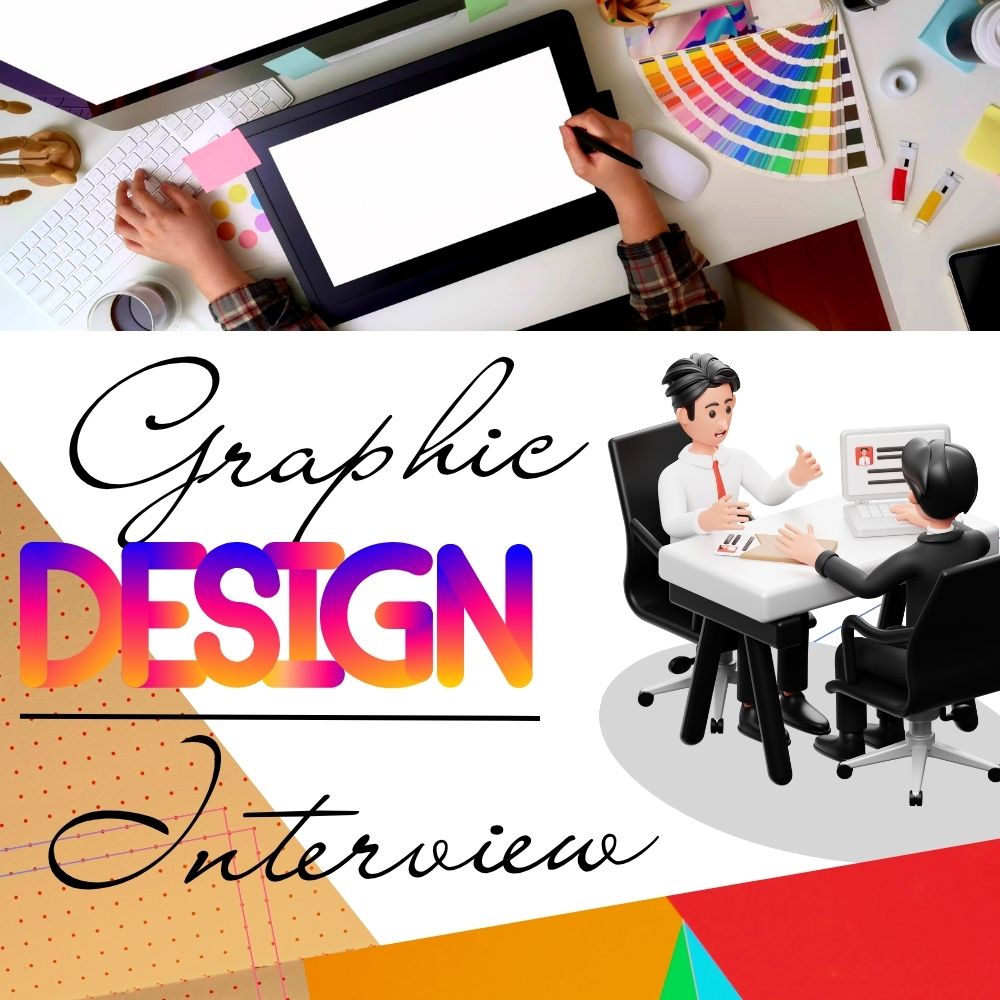Are you a creative professional getting ready for a graphic design interview? Whether you’re fresh out of design school or a seasoned designer looking for a new role, preparing the right way can make all the difference. In this guide, we’ll cover everything you need to do before, during, and after your graphic design interview to leave a lasting impression.
Why Preparation Is Key for Graphic Design Interviews
Graphic design jobs are competitive. Employers not only assess your design skills but also your communication, creativity, and problem-solving abilities. Walking into an interview unprepared can cause you to miss opportunities to highlight your strengths.
1. Research the Company and Its Brand Identity
Before your interview, learn everything you can about the company:
- Visit their website and social media pages.
- Look at their brand guidelines, visual language, and past campaigns.
- Understand their target audience and core values.
Pro Tip: Align your portfolio and answers with their visual style and brand tone to show you’re a good fit.
2. Update and Tailor Your Portfolio
Your portfolio is your most powerful tool. Make sure it’s:
- Visually appealing and easy to navigate (if digital).
- Tailored to the job you’re applying for. Highlight projects similar to their industry.
- Accompanied by clear case studies: problem, solution, tools used, and outcomes.
Important: Bring both a digital and printed version (if possible) to the interview.
3. Practice Common Graphic Design Interview Questions
Here are some frequently asked graphic design interview questions:
Tell us about your design process.
Explain your approach from understanding the brief to final execution. Mention tools (e.g., Adobe Suite, Figma) and techniques (like user research or wireframing).
Which of your projects are you most proud of?
Select a project that shows creativity, technical skill, and business impact.
How do you handle creative feedback?
Be honest. Show you’re open to feedback and capable of iterating and improving based on constructive criticism.
What design trends do you follow?
Talk about your awareness of current design trends like minimalism, motion graphics, AI tools, or 3D illustrations.
4. Prepare to Discuss Design Software & Tools
Employers expect you to be fluent in:
- Adobe Creative Cloud (Photoshop, Illustrator, InDesign)
- Figma or Sketch for UI/UX roles
- After Effects or Premiere Pro if the role involves motion graphics
Mention any certifications or advanced skills you have.
5. Dress Smart & Be On Time
While graphic design is a creative field, first impressions still matter:
- Wear neat, semi-professional attire (especially for in-person interviews).
- Arrive 10-15 minutes early, whether online or offline.
- Check your tech setup in advance if the interview is virtual.
6. Ask Thoughtful Questions
When the interviewer asks, “Do you have any questions?”, say yes!
Ask about:
- The typical workflow of the design team
- How they measure the success of design projects
- Opportunities for growth or skill development
These questions show you’re serious about contributing to the team.
7. Show Enthusiasm and Creativity
Employers want passionate designers. Be energetic when you speak about your work. Even if you’re nervous, let your excitement shine through. Enthusiasm can set you apart from other candidates.
8. Follow Up After the Interview
Send a thank-you email within 24 hours of the interview. Express appreciation, briefly restate your interest, and mention one specific topic you enjoyed discussing.
Here’s a simple example:
Hi [Interviewer’s Name],
Thank you for the opportunity to discuss the graphic design role. I really enjoyed our conversation about the recent brand redesign project. I’m excited about the chance to contribute to your creative team.
Looking forward to hearing from you soon!
Best,
[Your Name]
Last Words
Preparing for a graphic design interview takes more than just showcasing your portfolio. It’s about showing your personality, process, and professionalism. With the right strategy, you can confidently walk into the interview and prove you’re the creative they’ve been looking for.

